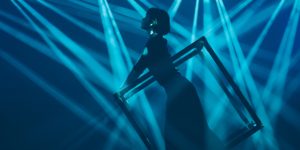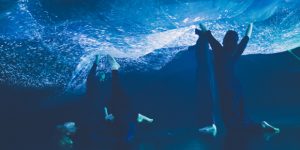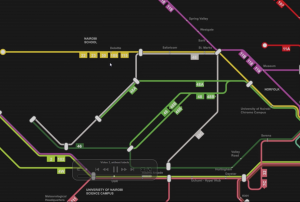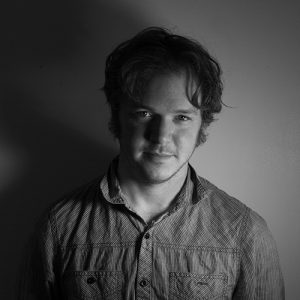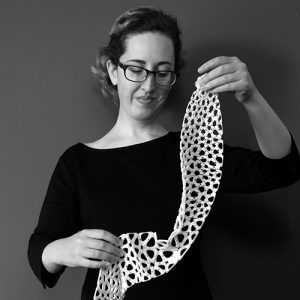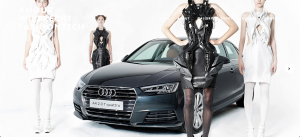The lecture I watched was given by Darius Kazemi. Darius is a video game developer, computer programmer, and generative artist. He graduated from Worcester Polytechnic Institute. He hoped to get a master degree, but eventually dropped out to work on independent projects. Darius worked on generative art created from several websites such as twitter and google maps. His most popular project was a bot on Amazon which bought random books, CDs, and movies each month. I admired his work because his programs took small and inconsequential things and put them together to make something bigger. His presentation style was very interesting. One of the main points that he brought up that generative art would be boring without the human input. His best example of this was a program that would give the definition of random words. Darius realized that there was nothing interesting with this whatsoever. He decided that he would turn it into a joke generator. I also like that he gave examples outside his own creation. The best example he gave was a twitter account intended to mimic a teenage girl. It was actually, so good that there was a boy who spent three hours hitting on it.
Sources:
“Darius Kazemi.” Wikipedia, Wikimedia Foundation, 20 Aug. 2017, en.wikipedia.org/wiki/Darius_Kazemi.
http://tinysubversions.com/
![[OLD FALL 2017] 15-104 • Introduction to Computing for Creative Practice](../../../../wp-content/uploads/2020/08/stop-banner.png)

